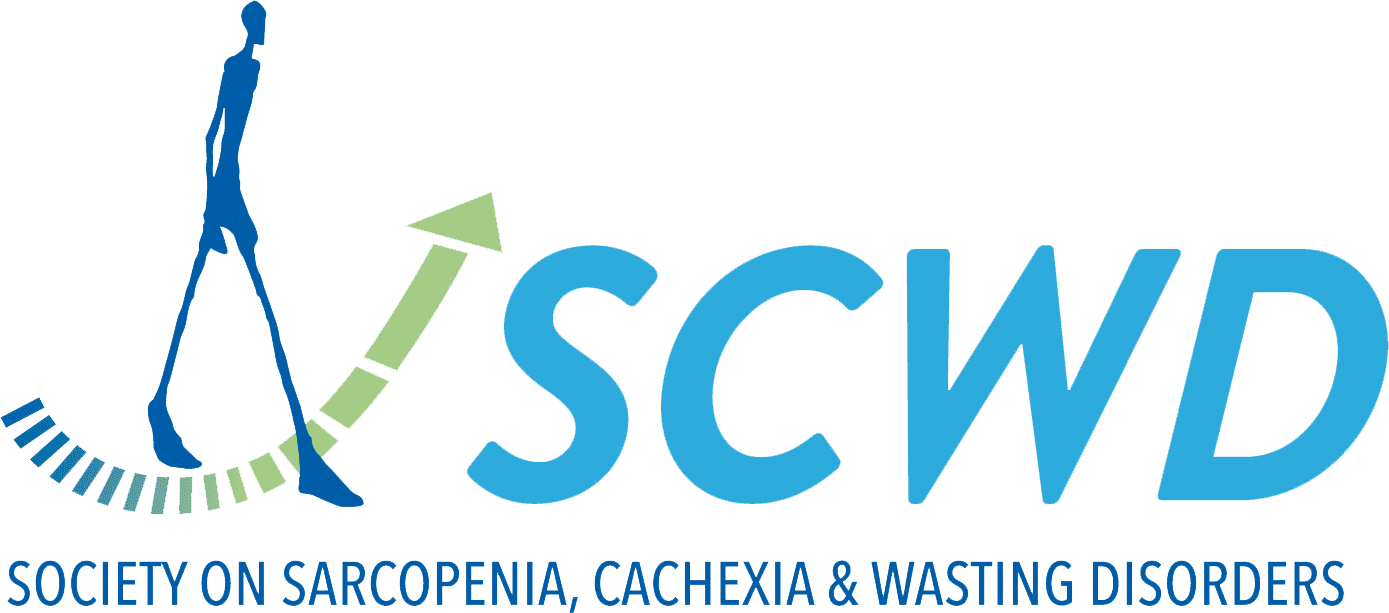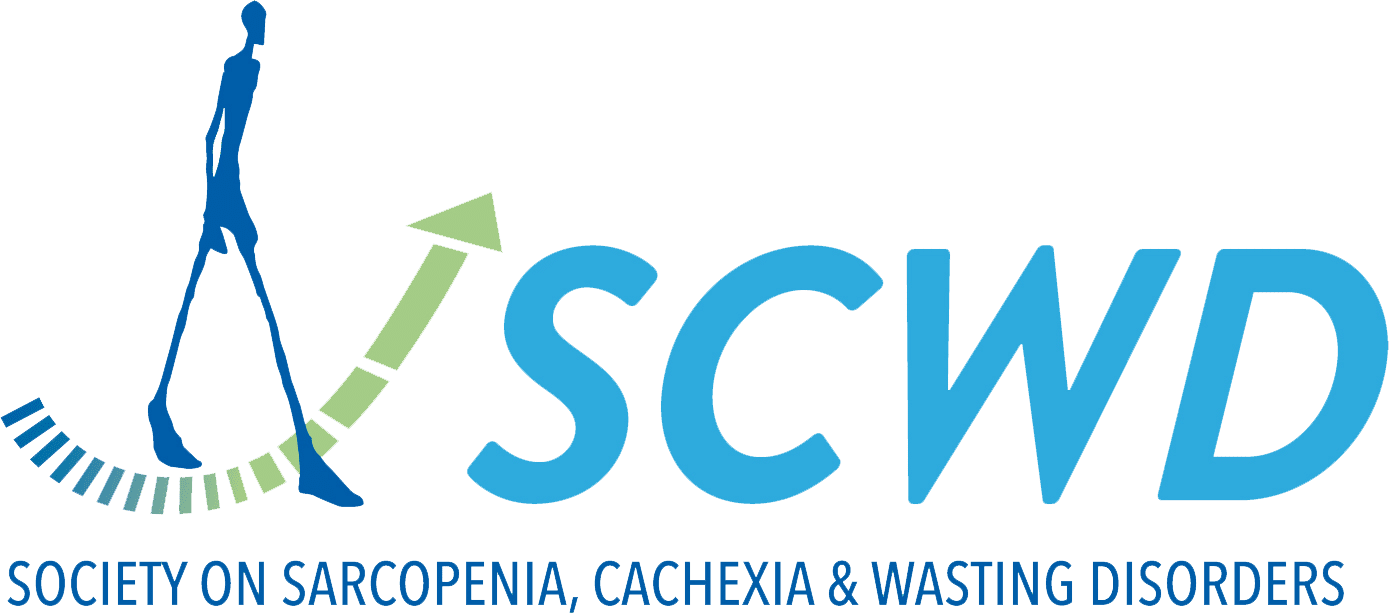Severe Dietary Energy Restriction for Compensated Cirrhosis Due to Metabolic Dysfunction-Associated Steatotic Liver Disease: A Randomised Controlled Trial.
Compensated cirrhosis due to metabolic dysfunction-associated steatotic liver disease (CC-MASLD) increases morbidity and mortality risk but has no aetiology-specific treatment. We investigated the safety and efficacy signals of severe energy restriction.
In this randomised controlled trial, adults with CC-MASLD and obesity in a tertiary hepatology centre were randomised 2:1 to receive one-to-one remote dietetic support with a low-energy (880 kcal/day, 80 g protein/day) total diet replacement programme for 12 weeks and stepped food reintroduction for another 12 weeks or standard of care (SoC). Given the exploratory nature of the study, three pre-defined co-primary outcomes were used to assess safety and efficacy signals: severe increases in liver biochemistry, changes in iron-corrected T1, and changes in liver stiffness on magnetic resonance elastography.
Changes in liver steatosis on magnetic resonance imaging, physical performance based on the physical performance test and liver frailty index, and changes in fat-free mass were secondary outcomes. Magnetic resonance outcomes were assessed blind.
Between February 2022 and September 2023, 17 participants (36% female, median [IQR] age 58 [7.5] years) were randomised to SoC (n = 6) or intervention (n = 11). The trial stopped earlier than planned due to slow recruitment rate. 91% and 94% of participants completed the intervention and attended the 24-week follow-up, respectively.
Compared with the SoC, the between-group weight change in the intervention was -11.9 kg (95% CI: -17.2, -6.6, p < 0.001) at 24 weeks. Liver biochemistry markers (alanine transaminase, aspartate transaminase, and total bilirubin) were stable in everyone throughout the trial.
Iron-corrected T1 and steatosis significantly reduced (-149.9 ms [95% CI -258.1, -41.7, p = 0.01] and -6% [95% CI -11.3, -0.6, p = 0.03], respectively). There were no between-group differences in changes in liver stiffness (0.2 kPa [95% CI -1.1, 1.6]), the physical performance test (1.5 points [95% CI -1.9 to 4.9], p = 0.70) or the liver frailty index (0 [95% CI -0.6 to 0.6], p = 0.97).
Compared with SoC, absolute fat-free mass reduced (-3.2 kg [95% CI -6 to -0.3], p = 0.04) but relative fat-free mass as percentage of total body weight increased (5.4% [95% CI 0.5 to 10.3], p = 0.046). No participant met the pre-defined safety criteria for enhanced observation or intervention discontinuation.
There was no between-group differences in changes in cardiovascular markers and no evidence of hepatic decompensation or serious adverse events. Severe energy restriction appears a safe option to achieve significant weight loss and reduce liver fat without adverse effects in people with CC-MASLD.
A larger study is needed to confirm these findings. ISRCTN13053035, prospectively registered, overall study status: closed.


